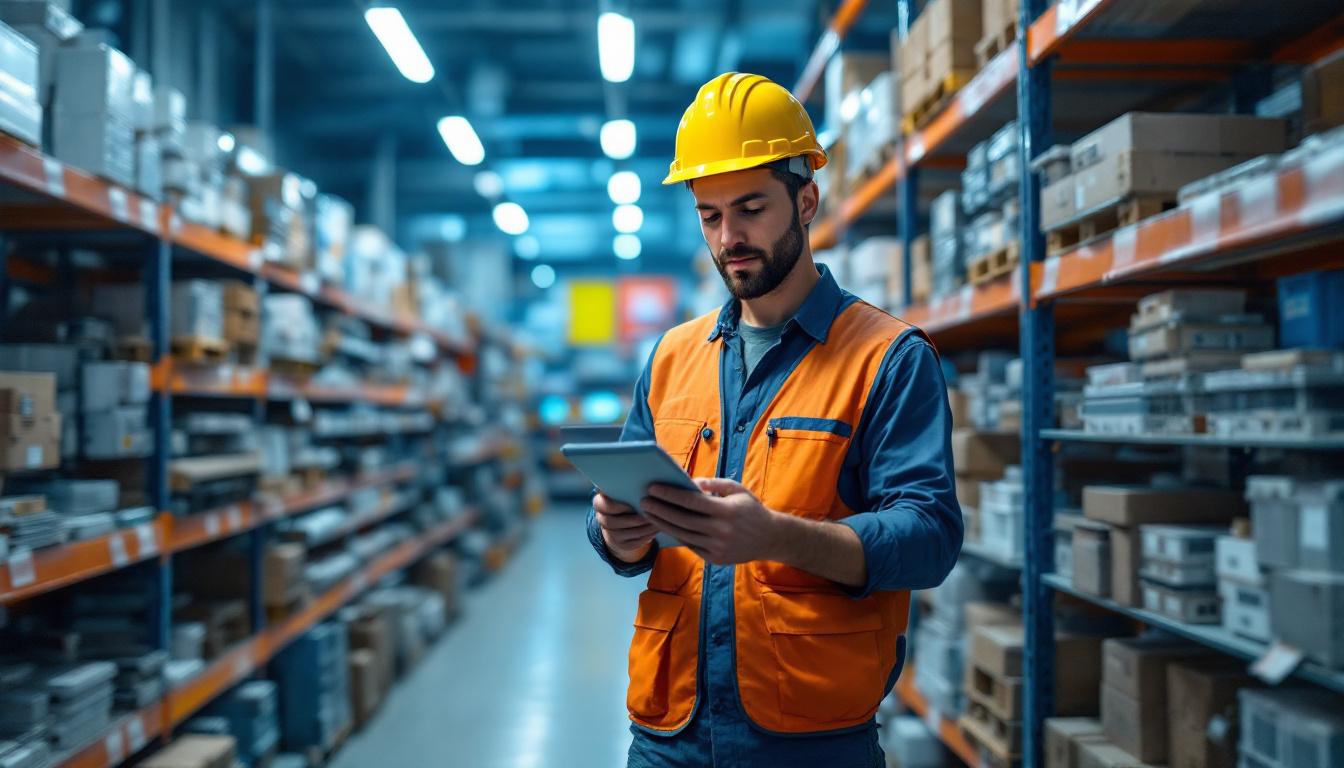
In the world of lighting, the importance of ballasts cannot be overstated. These devices are essential for regulating the current to fluorescent and HID lamps, ensuring they operate efficiently and effectively. For lighting contractors, understanding the nuances of ballast selection, installation, and maintenance is crucial for delivering quality work to clients. This article delves into the various aspects of ballast stores, providing insights that can enhance a contractor’s expertise and service offerings.
Ballasts serve as a critical component in lighting systems, particularly in commercial and industrial settings. They provide the necessary voltage to start the lamps and then regulate the current throughout their operation. Without a properly functioning ballast, lamps may flicker, fail to start, or even burn out prematurely. This regulation not only ensures that the lamps operate efficiently but also extends their lifespan, making ballasts an essential part of any lighting infrastructure.
There are primarily two types of ballasts: magnetic and electronic. Magnetic ballasts are the traditional option, utilizing coils and transformers to control the electrical current. They are typically heavier and less energy-efficient than their electronic counterparts. While they have been widely used for decades, magnetic ballasts can also produce a noticeable hum and may generate more heat during operation, which can be a concern in sensitive environments.
On the other hand, electronic ballasts are more modern and efficient. They use electronic circuitry to regulate the current, which not only improves energy efficiency but also enhances the performance of the lighting system. Electronic ballasts can provide instant start capabilities and flicker-free operation, which is particularly advantageous in settings where visual comfort is essential, such as offices or retail spaces. Understanding the differences between these types can help contractors make informed decisions based on the specific needs of a project.
When selecting a ballast, compatibility with the lamp type is paramount. Different lamps require different ballast specifications, including wattage and starting voltage. For instance, a fluorescent lamp may require a specific ballast designed for its wattage and type, such as T8 or T5. Ensuring that the ballast matches the lamp type is essential for optimal performance and longevity. Mismatched components can lead to inefficiencies and may even void warranties on both the lamps and the ballasts.
Additionally, some ballasts are designed to work with multiple lamp types, offering flexibility in lighting design. This can be particularly beneficial for contractors working on projects with varying lighting requirements. For example, a universal ballast can accommodate both T8 and T12 lamps, allowing for easier upgrades and replacements without the need for extensive rewiring. Furthermore, advancements in smart ballast technology are paving the way for integration with building management systems, enabling automated control of lighting based on occupancy and natural light levels, which can lead to significant energy savings and improved sustainability in lighting design.
Finding a reliable ballast store is crucial for lighting contractors. The right supplier can provide not only the products needed but also valuable insights and support. When evaluating potential ballast stores, several factors should be considered.
A comprehensive product range is essential for contractors who may require different types of ballasts for various projects. A good ballast store should offer a variety of brands and models, ensuring that contractors can find the specific products they need. Moreover, the quality of the ballasts is paramount; high-quality products will lead to better performance and fewer issues down the line.
Contractors should look for stores that carry reputable brands known for their reliability and efficiency. Reading reviews and seeking recommendations from peers can help identify trustworthy suppliers. Additionally, it’s beneficial to inquire about the warranty and return policies offered by the store. A solid warranty can provide peace of mind, ensuring that any defective products can be replaced or repaired without incurring extra costs. This aspect can significantly impact a contractor’s decision, as it reflects the store’s confidence in the products they sell.
In addition to a wide product range, excellent customer support is a significant factor in choosing a ballast store. Lighting contractors often have questions regarding product specifications, installation procedures, and troubleshooting. A store that offers knowledgeable staff who can provide expert advice can be invaluable.
Furthermore, some stores may offer additional services, such as training sessions or workshops, which can enhance a contractor’s skills and knowledge. This kind of support can set a ballast store apart from its competitors. Moreover, having access to technical resources, such as installation guides or online tutorials, can further empower contractors to make informed decisions and execute their projects more efficiently. Engaging with a ballast store that prioritizes education and support not only fosters a stronger supplier-contractor relationship but also contributes to the overall success of the projects undertaken.
Once the right ballast has been selected, proper installation is essential for ensuring optimal performance. Lighting contractors should adhere to best practices to minimize issues and maximize efficiency.
Before beginning any installation, it is crucial to prepare the work area and ensure all safety protocols are followed. This includes turning off power to the circuit, using appropriate personal protective equipment (PPE), and ensuring that all tools are in good working order.
Contractors should also familiarize themselves with the specific installation instructions provided by the ballast manufacturer. Each product may have unique requirements that must be followed to avoid damaging the ballast or the lamp. Additionally, it is wise to conduct a thorough inspection of the installation site, checking for any potential hazards such as exposed wiring, water leaks, or structural issues that could affect the installation process. A clean and organized workspace not only enhances safety but also improves efficiency during the installation.
Correct wiring is vital for the effective operation of ballasts. Contractors should pay close attention to the wiring diagrams provided with the ballast, ensuring that all connections are made securely and correctly. Loose or improper connections can lead to flickering lights, reduced efficiency, and even safety hazards.
It is also advisable to use wire connectors that are rated for the specific application, ensuring that they can handle the electrical load and environmental conditions. Proper insulation and protection from moisture are also critical in maintaining the integrity of the installation. Furthermore, contractors should consider the use of conduit or cable trays to protect wiring from physical damage and to comply with local electrical codes. This not only safeguards the installation but also contributes to a more professional and aesthetically pleasing outcome.
After making the connections, it is a good practice to perform a continuity test before powering up the system. This step ensures that there are no short circuits or open connections that could lead to equipment failure. Once the system is powered on, contractors should monitor the initial operation of the ballast and lamps, checking for any signs of irregular behavior such as buzzing sounds or inconsistent brightness, which could indicate a need for adjustments or further inspection.
Regular maintenance of lighting systems, including ballasts, can extend their lifespan and improve performance. Contractors should educate clients on the importance of maintenance and provide guidance on how to identify potential issues.
There are several indicators that a ballast may be failing. Flickering lights, buzzing noises, or lamps that take longer to start are common signs of ballast issues. Contractors should be able to recognize these symptoms and advise clients on when to replace the ballast.
Additionally, if a ballast is excessively hot to the touch or has visible signs of damage, it should be replaced immediately to prevent further issues. Educating clients about these signs can help them take proactive measures, ultimately saving time and money.
Implementing a routine inspection schedule can help identify potential issues before they escalate. Contractors should recommend periodic checks of the lighting system, focusing on the ballasts and their connections. This proactive approach can help ensure that the lighting remains efficient and functional.
During inspections, contractors should also assess the overall condition of the lamps and fixtures, as these components work in tandem with the ballast. A comprehensive inspection can lead to better performance and fewer disruptions for clients.
As energy efficiency becomes increasingly important in the lighting industry, contractors must stay informed about the latest technologies and practices. Ballasts play a significant role in the overall energy consumption of lighting systems.
When selecting ballasts, contractors should prioritize energy-efficient options. Electronic ballasts, for example, typically consume less energy than magnetic ballasts and can improve the overall efficiency of the lighting system. Additionally, many electronic ballasts come with features like dimming capabilities, which can further enhance energy savings.
Contractors should also be aware of any local or national energy efficiency programs that may incentivize the use of energy-efficient lighting solutions. Participating in these programs can not only benefit clients financially but also contribute to a more sustainable future.
Lighting contractors have a unique opportunity to educate clients about the benefits of energy-efficient lighting solutions. By explaining how upgraded ballasts and fixtures can lead to lower energy bills and a reduced carbon footprint, contractors can position themselves as knowledgeable partners in sustainability.
Providing clients with information on the long-term savings associated with energy-efficient lighting can also help justify the initial investment. This approach fosters trust and encourages clients to consider more sustainable options in their lighting projects.
For lighting contractors, understanding the intricacies of ballasts is essential for delivering high-quality services. From selecting the right ballast to ensuring proper installation and maintenance, each step plays a crucial role in the overall success of lighting projects. By choosing reliable ballast stores, staying informed about energy efficiency, and educating clients, contractors can enhance their expertise and provide exceptional value.
As the lighting industry continues to evolve, staying updated on the latest trends and technologies will be key to remaining competitive. By embracing these insights, lighting contractors can not only improve their own practices but also contribute to a more efficient and sustainable lighting future.
Ready to elevate your lighting projects with the highest quality ballasts and lighting solutions? Look no further than LumenWholesale, where we specialize in providing spec-grade lighting products at unbeatable wholesale prices. Our commitment to cutting out the middleman means you enjoy superior products without the inflated markups, ensuring your projects shine with reliability and high performance. Plus, with free shipping on bulk orders, you can stock up on premium lighting essentials without worrying about hidden fees. Don’t compromise on quality or value—Wholesale Lighting at the Best Value is just a click away. Choose LumenWholesale for quality, affordability, and convenience, and make your next lighting project a resounding success.
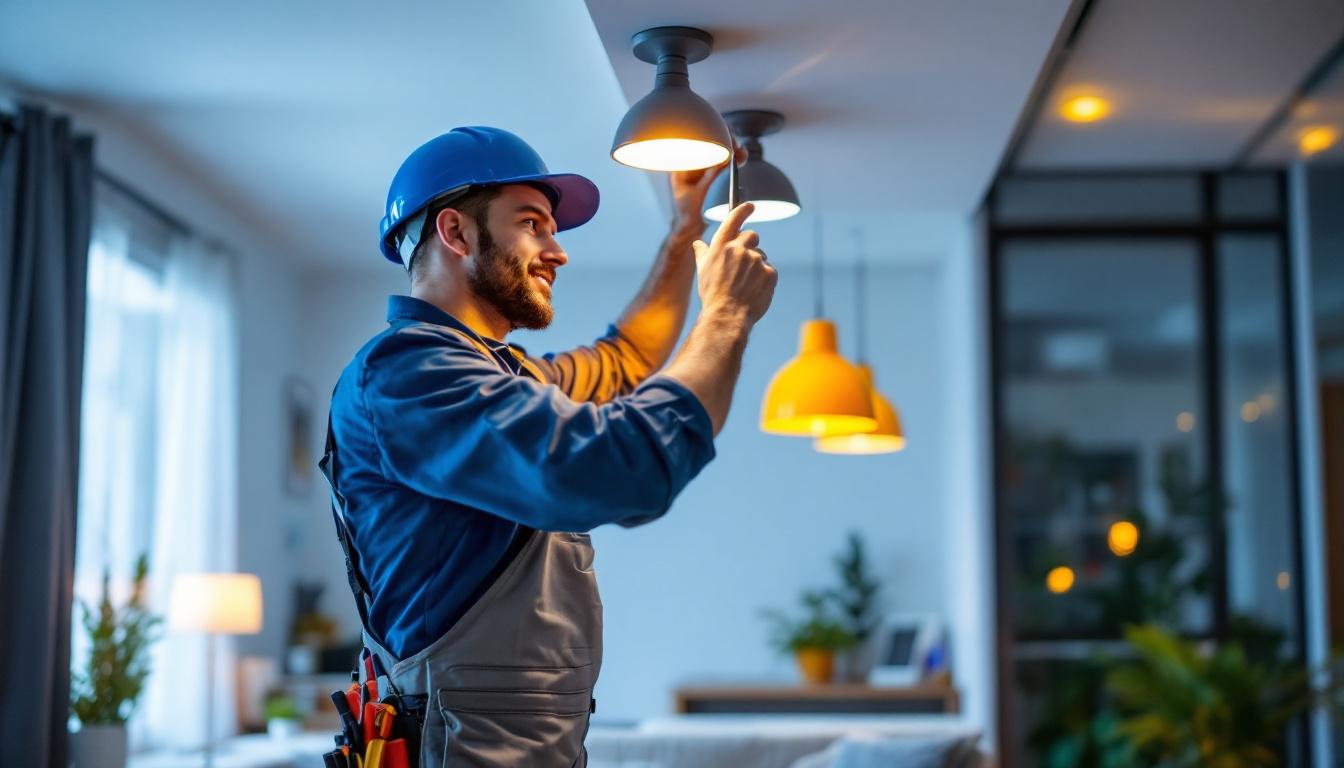
Discover essential tips and expert advice for lighting contractors on mastering the installation and optimization of LED surface-mounted lights.
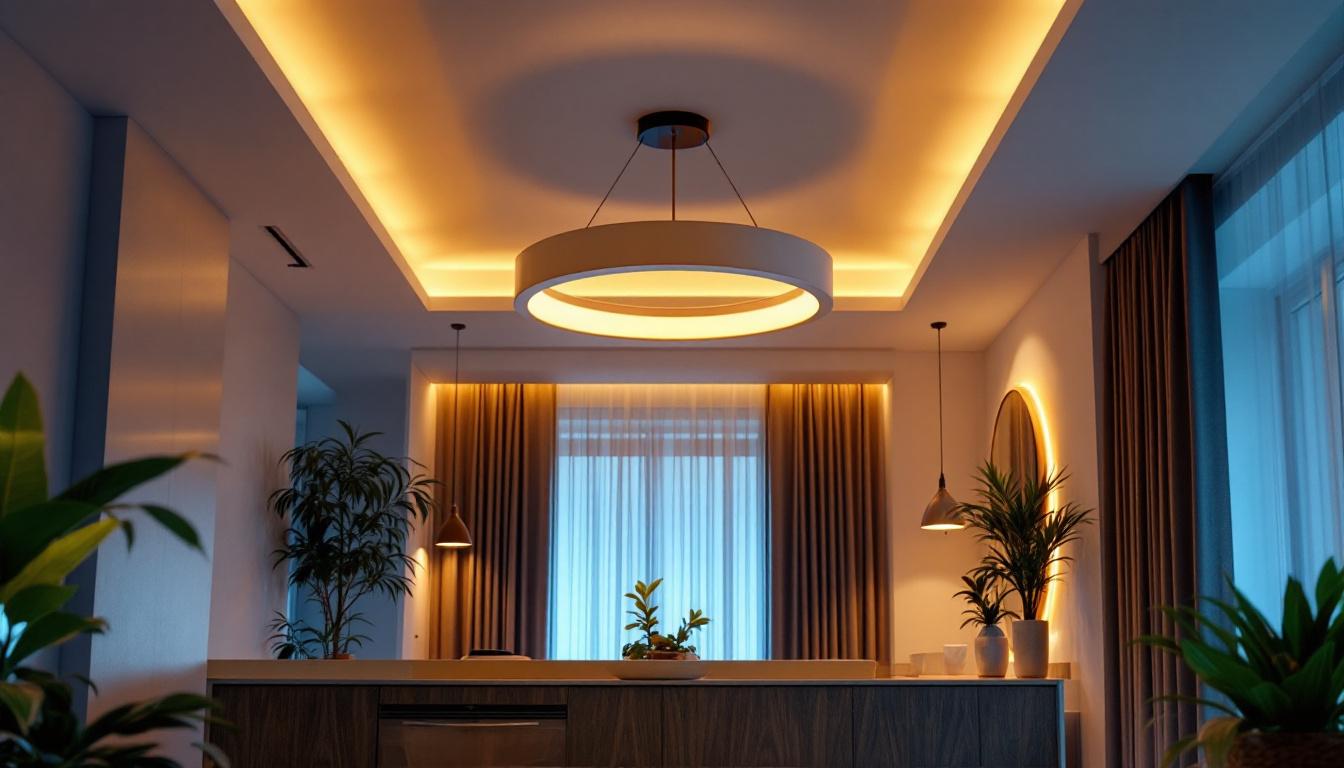
Discover the ultimate fall ceiling light guide for lighting contractors, with expert tips, industry stats, and design insights to elevate your projects—download now!.
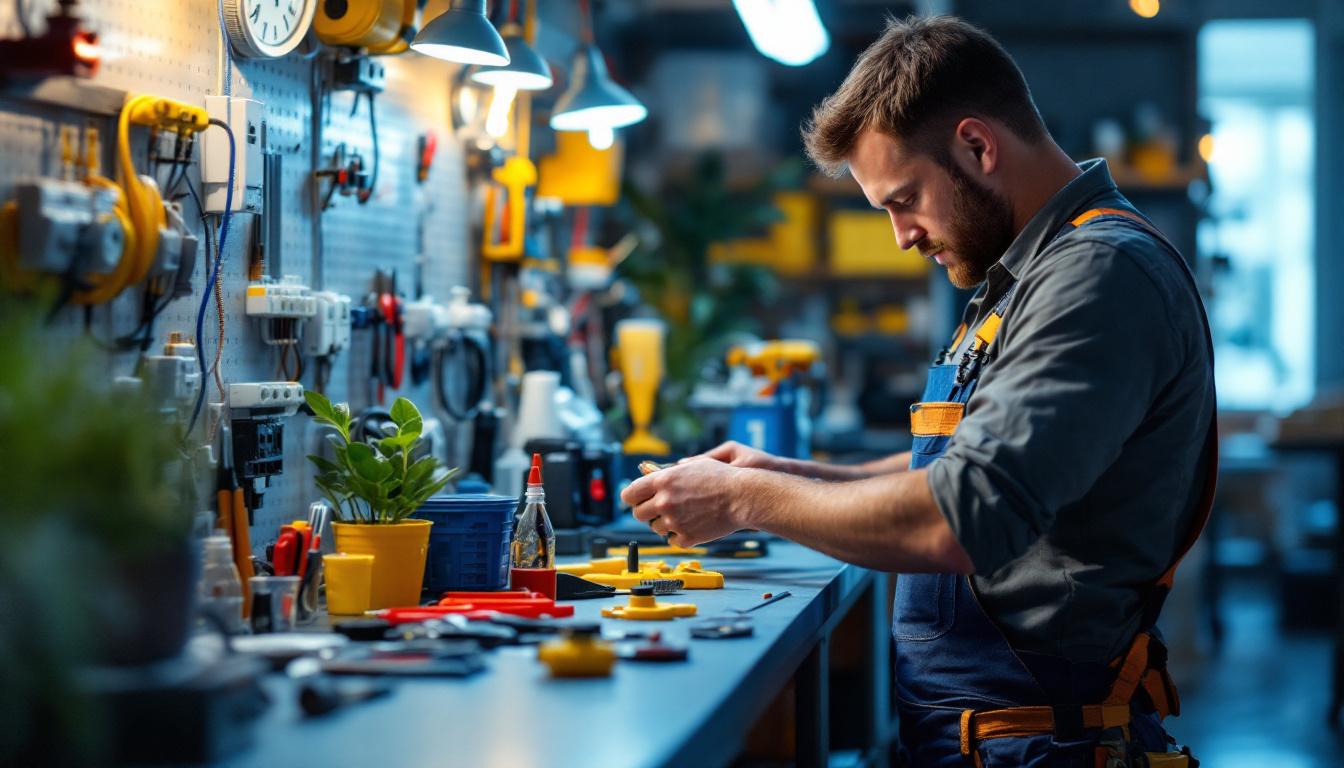
Discover the essential guide to electric wire connectors with insights from top lighting contractors.
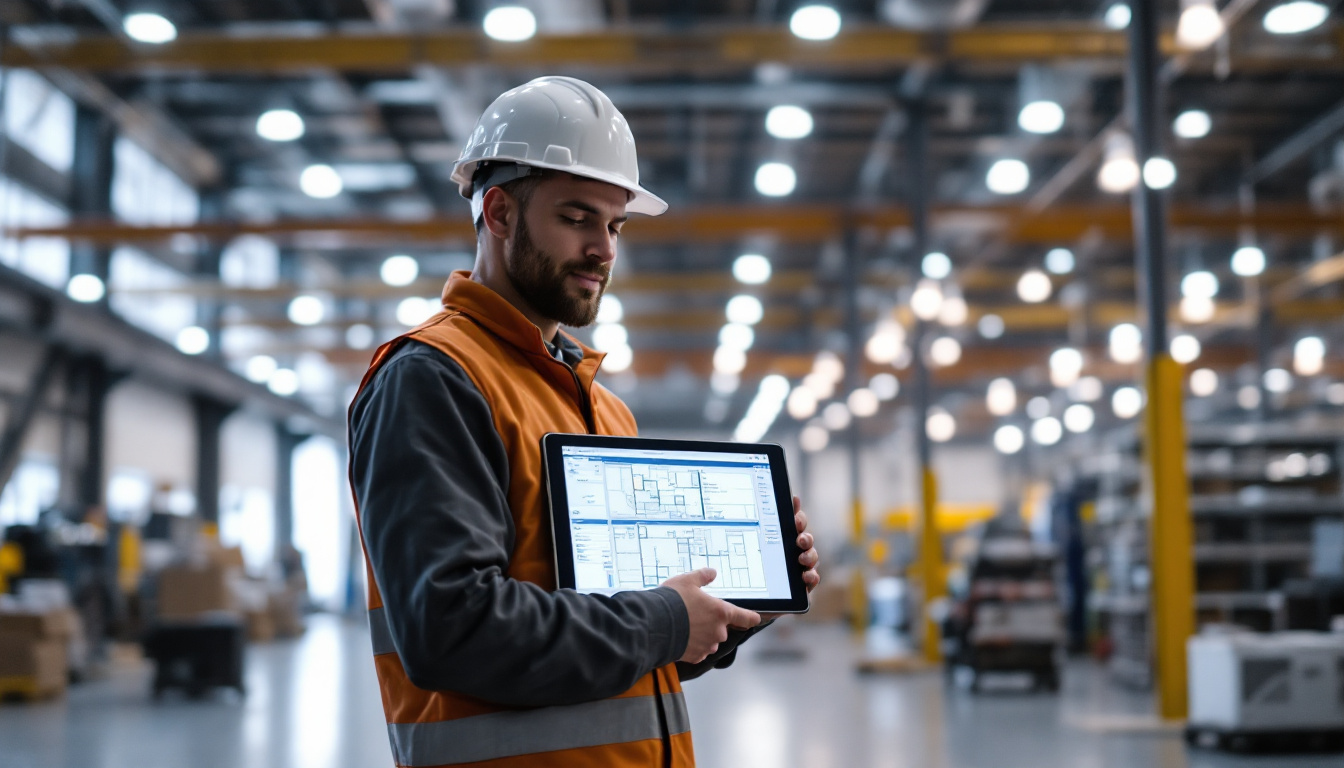
Discover the ultimate guide to mastering high bay lighting layouts with our comprehensive tool designed specifically for lighting contractors.